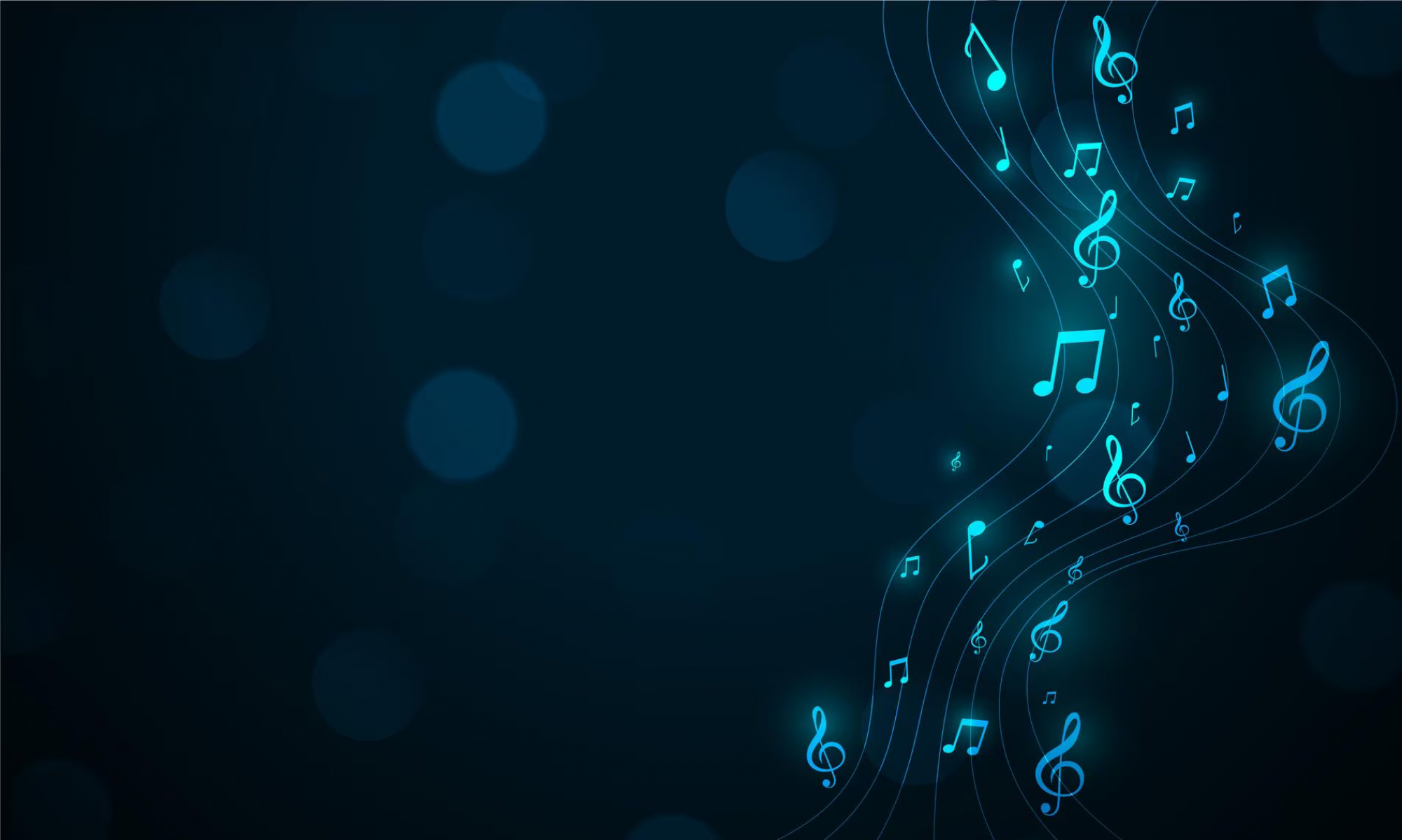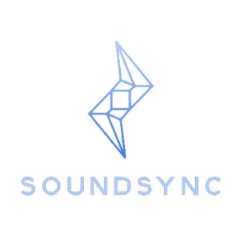This week, we researched parts for our design implementation and questioned our product in order to solidify the main goals we are pursuing. We have compiled a parts list and found APIs to integrate with different components of our project.
The most significant risks we are facing are in regard to the robust audio detection and processing algorithm. We want to be able to turn the page based solely on aligning audio inputs to the sheet music being displayed, however having extremely flexible ML models to process this is extremely challenging to execute given our backgrounds. To fix this, we intend to use standardized measured sheet music and pre-processed MIDI files of the music.
We are working on several changes to the design at the moment. Design proposal coming soon!

